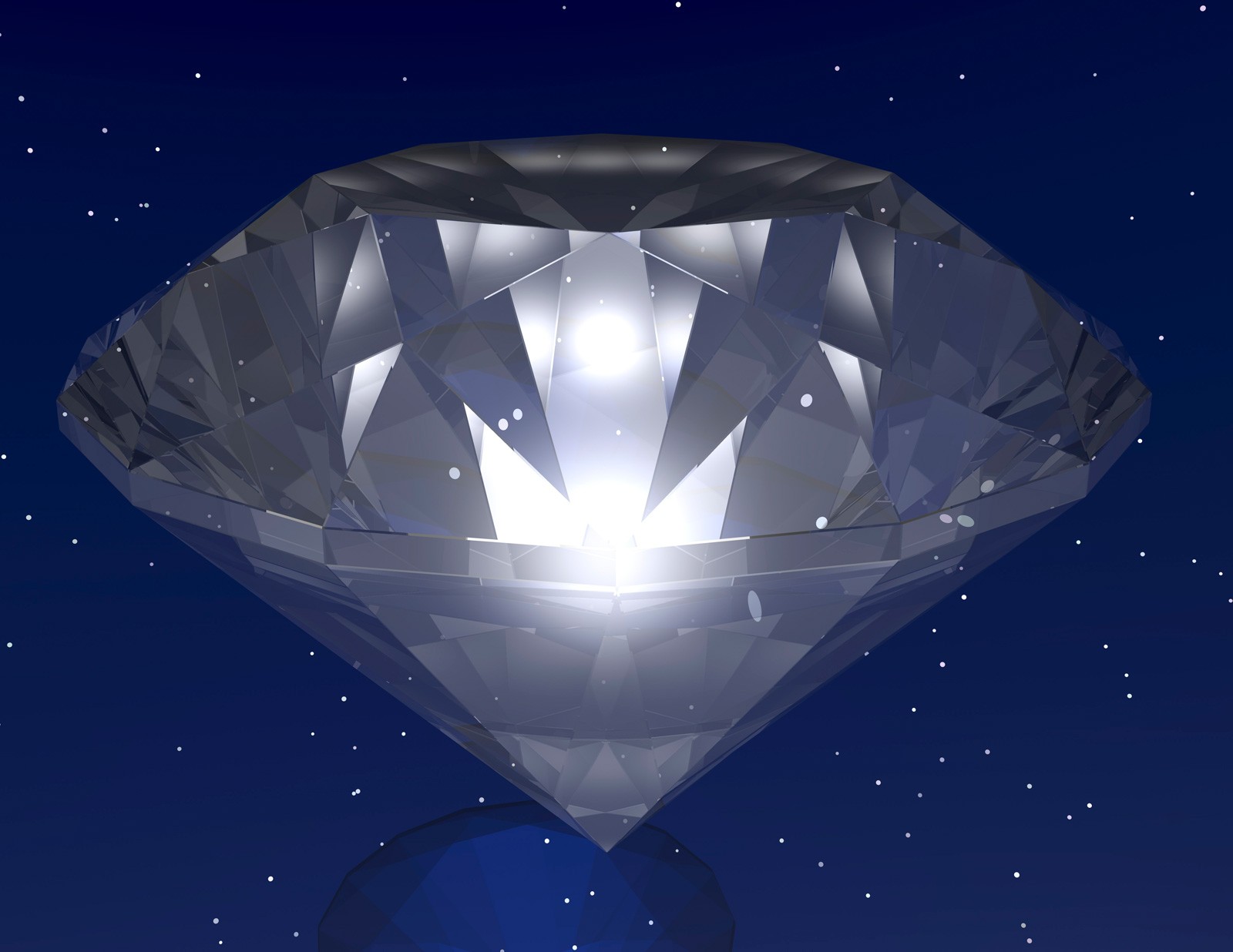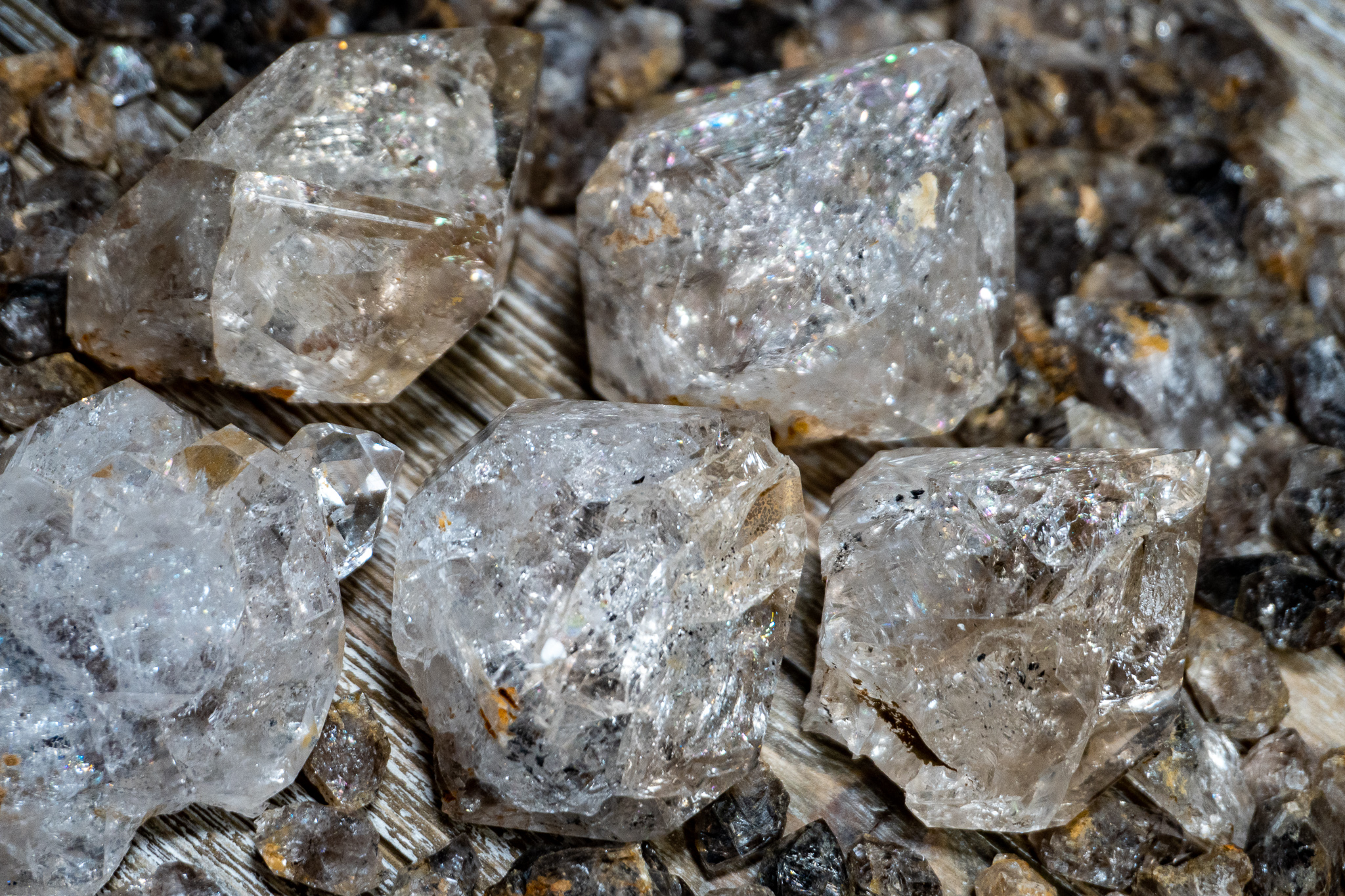Historical Significance

Diamond meaning – Diamonds have captivated human imagination for centuries, embodying cultural, religious, and historical significance. Their allure has influenced major events and societal milestones, leaving an indelible mark on the tapestry of time.
In the depths of the earth, diamonds are forged in the fiery embrace of carbon. Their crystalline brilliance, a symbol of enduring love and unwavering strength, has captivated hearts for centuries. But beyond their beauty lies a connection to the vast tapestry of human experience, woven through the pages of nyt connections.
Diamonds, like the stories they hold, reflect the complexities of our lives, shining a light on the indomitable spirit that resides within each of us.
Role in Major Historical Events
Diamonds have played a pivotal role in shaping historical events. The discovery of the Hope Diamond in the 17th century sparked a global fascination with these precious stones. The Koh-i-Noor, once owned by Mughal emperors and later British monarchs, symbolized imperial power and became a coveted prize during the colonial era.
Cultural and Religious Symbolism
Diamonds have held profound cultural and religious significance across civilizations. In ancient India, they were believed to bring good fortune and were used in religious ceremonies. In medieval Europe, they were prized as symbols of purity, strength, and eternal love. The Jewish tradition associates diamonds with the tribe of Judah, symbolizing loyalty and strength.
Diamonds, with their unparalleled brilliance and enduring beauty, have captivated humanity for centuries. Yet, beneath their glittering facade lies a connection to a realm of darkness. In the depths of the earth, where the diamond’s journey begins, lies the enigmatic umbrella pit.
A testament to the relentless forces that shape our planet, this subterranean wonder echoes the diamond’s own metamorphosis, reminding us of the hidden depths beneath the surface of both gems and our own existence.
Famous Diamonds and Their Impact
Numerous famous diamonds have left their mark on history. The Star of Africa, the largest cut diamond in the world, was discovered in South Africa in 1905 and became a symbol of the country’s mineral wealth. The Blue Hope Diamond, known for its eerie blue color, has a long and mysterious history, captivating the imaginations of collectors and the public alike.
Diamonds, symbols of eternity and unyielding beauty, are said to be forged in the depths of the earth, where the pressure is so intense that it can turn carbon into a stone that reflects the brilliance of the stars. But what if the pressure of the earth were not the only force that could create such a gem?
What if, instead, it were the weight of memory, the accumulation of experiences that press down upon us, transforming us into something as hard and as radiant as a diamond? Perhaps then, we would all have our own umbrella pit, a place where we could go to remember the past and find the strength to face the future.
Symbolic Meanings

Diamonds, with their unparalleled brilliance and enduring allure, have captivated hearts and minds for centuries. Beyond their material value, they carry a wealth of symbolic meanings, deeply embedded in cultural, emotional, and spiritual contexts.
In many cultures, diamonds have been associated with love, commitment, and fidelity. Their enduring nature, remaining unyielding under pressure, mirrors the strength and resilience of romantic bonds. The tradition of exchanging diamond rings as a symbol of eternal love has become a cherished practice worldwide.
Purity and Innocence
Diamonds have also been revered for their purity and innocence. Their crystalline structure, devoid of any impurities, has led to their association with the untainted nature of childhood and the divine realm. In some cultures, diamonds are believed to possess protective powers, warding off evil spirits and bringing good fortune.
Eternity and Transcendence
The enduring nature of diamonds has imbued them with a sense of eternity and transcendence. Their ability to withstand the ravages of time has made them a symbol of the eternal nature of the soul and the hope of everlasting life. In many spiritual traditions, diamonds are believed to represent the highest states of consciousness and enlightenment.
Physical Properties: Diamond Meaning

Diamonds are composed of pure carbon, arranged in a highly ordered and symmetrical crystal structure known as a diamond lattice. This structure gives diamonds their exceptional hardness and durability. On the Mohs scale of mineral hardness, diamonds rank a perfect 10, making them the hardest known natural material.
Diamonds exhibit remarkable brilliance and fire, which refers to the dispersion of white light into a spectrum of colors. This is due to the stone’s high refractive index, which causes light to bend and reflect within the diamond, creating a dazzling display of colors.
The cut of a diamond significantly impacts its appearance. The most common diamond cuts include the round brilliant, princess, emerald, and cushion cuts. Each cut is designed to maximize the diamond’s brilliance, fire, and scintillation, and personal preference ultimately determines the choice of cut.
Crystal Structure
The diamond’s crystal structure is composed of carbon atoms arranged in a tetrahedral lattice, with each carbon atom bonded to four other carbon atoms. This highly ordered and symmetrical structure contributes to the diamond’s exceptional hardness and durability.
Hardness, Diamond meaning
Diamonds are the hardest known natural material, with a Mohs hardness of 10. This means that diamonds can only be scratched by other diamonds or by certain synthetic materials, such as cubic boron nitride. The hardness of diamonds makes them ideal for use in cutting tools, abrasives, and other industrial applications.
Brilliance and Fire
Diamonds exhibit remarkable brilliance and fire, which is due to their high refractive index. The refractive index of a material is a measure of how much light is bent when it passes through the material. Diamonds have a very high refractive index, which causes light to bend and reflect within the diamond, creating a dazzling display of colors.
Diamond Cuts
The cut of a diamond significantly impacts its appearance. The most common diamond cuts include the round brilliant, princess, emerald, and cushion cuts. Each cut is designed to maximize the diamond’s brilliance, fire, and scintillation. The round brilliant cut is the most popular diamond cut, as it produces the most brilliance and fire.